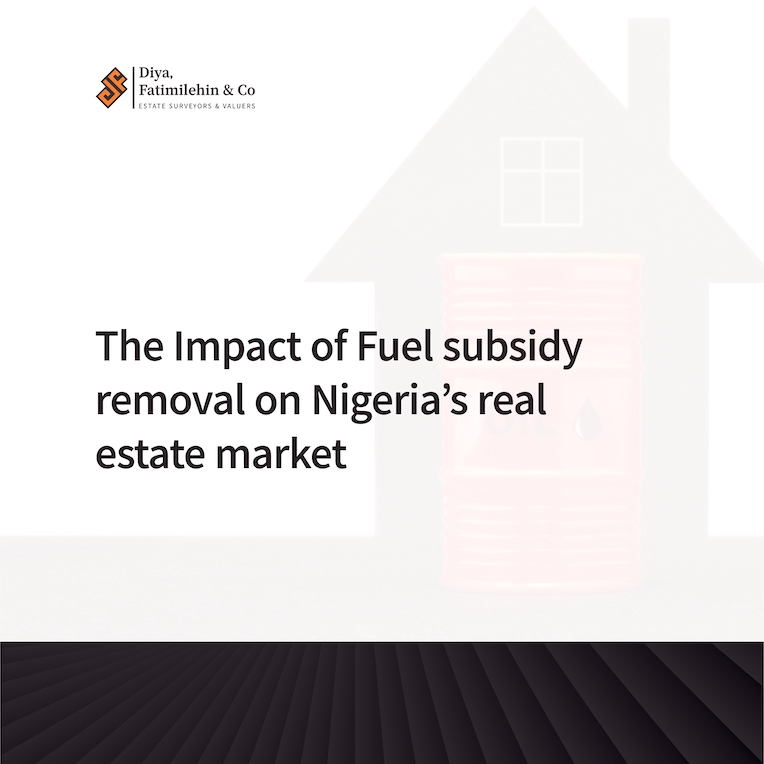In 1977, the Federal Government of Nigeria introduced a fuel subsidy scheme designed to cushion the effects of the rising price of premium motor spirit (PMS) products at the time. Over the years, the plan has been characterised by little or no accountability that resulted in massive leakages. What began as a people-oriented support program for low-income and vulnerable groups fostered arbitrage and corruption that appears to have only enriched the pockets of a few. The servicing of the subsidy scheme also resulted in dwindling investments in transport infrastructure, healthcare, and education sectors. 2022 saw fuel subsidy payments rise to about ₦4.4Trn, three times higher than a decade ago. With an estimated ₦365Bn spent monthly on fuel subsidy in 2022, representing about 25% of the nation’s budget, pulling the plug on the 46-year-old scheme became imperative.
The inaugural speech of Nigeria’s new President, which alluded to the impending subsidy removal, quickly resulted in a tripling of fuel pump prices that have, expectedly, had a ripple effect on food, transportation, and energy costs. As individuals, families, and employers of labour face the challenge of management of rising costs of living and operations amidst a slow-growing economy, diverse groups of stakeholders in the housing sector are also grappling with the immediate shocks of fuel subsidy removal on their assets and investments.
Real estate and construction sector stakeholders (homeowners, developers, and institutional investors) are also confronted with higher capital and operational costs, which may reduce aggregate housing supply. A drop in property prices due to reduced liquidity and lower purchasing power is also likely, particularly for newer builds in the prime residential and commercial segments. As employers and employees rethink remote working, conversations are beginning to tilt towards a work-near-home mode over a work-from-home. This may give rise to increased conversion activities within residential locations near central business districts, with more properties repurposed for office use.
Following a rise in non-renewable energy costs, including electricity tariffs, serviced occupiers are embracing fuel-efficient and energy-saving habits for their properties, while providers of alternative energy solutions such as solar and wind are introducing affordable payment structures to attract more users. In the retail and logistics segment, the emphasis appears to be on situating warehouse/distribution centers near major transport routes and target markets to ease delivery.

